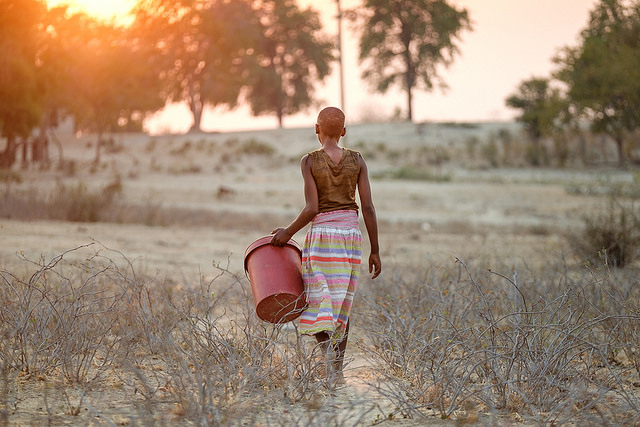Rebuilding Infrastructure in Zimbabwe
 Buildings, streets, railways and airports are some of the necessities that make up the infrastructure of a city or country. The infrastructure of Zimbabwe has been struggling over the years to solidify itself, but as of 2016, infrastructure has worsened.
Buildings, streets, railways and airports are some of the necessities that make up the infrastructure of a city or country. The infrastructure of Zimbabwe has been struggling over the years to solidify itself, but as of 2016, infrastructure has worsened.
Concerning the infrastructure of Zimbabwe, there are corroded pipes, water leaks, sewage bursts and water shortages taking place in the capital, Harare. In reference to the mobile phone network, there is instability, with the government taking over Telecel, one of the three phone companies in Zimbabwe. To add, the socio-political infrastructure is unstable, as citizen engagement with the government is at its lowest level in over a decade.
Zimbabwe has tried to change things for the better but the country is still in a crisis. The economy is struggling and the politics pertaining to the future of the country are uncertain.
The infrastructure in the Harare showcases the instability in the infrastructure of Zimbabwe. The main issue is problems with the country’s water. The lack of maintenance of the water and sewage infrastructure is a major challenge the country is facing. As of 2010, only 50 percent of the people in Harare had water service all day, every day, while 55 percent of the residents had water that was poor quality. Zimbabwe made plans to redo water piping and began the process in 2009; by 2013, only 150 kilometers of the 6,000 had been replaced. By March 2016, only 40 percent of the work had been completed.
Even though infrastructure in Zimbabwe is struggling and facing issues, there is a plan to improve it. The main goals of the country are to rehabilitate and upgrade the bulk of the basic infrastructure assets and reinforce the existing integration of Zimbabwe’s network with other countries in the southern region of Africa.
The plan is to rehabilitate the national power grid, rehabilitate the national road network, the railway network, upgrade the status of air traffic communications, invest in storage to transport water resources, rehabilitate the existing water supply, develop national communications on a fiber-optic network and bring in a program of institutional reform and strengthening that measures to streamline the regulation of basic infrastructure services.
The process of rehabilitating and rebuilding the infrastructure of Zimbabwe will not be an easy feat nor will it be a cheap venture. Zimbabwe has had issues for many years, but with a plan developed and the desire to improve the country, infrastructure in Zimbabwe has the potential to be much better.
– Chavez Spicer
Photo: Flickr
